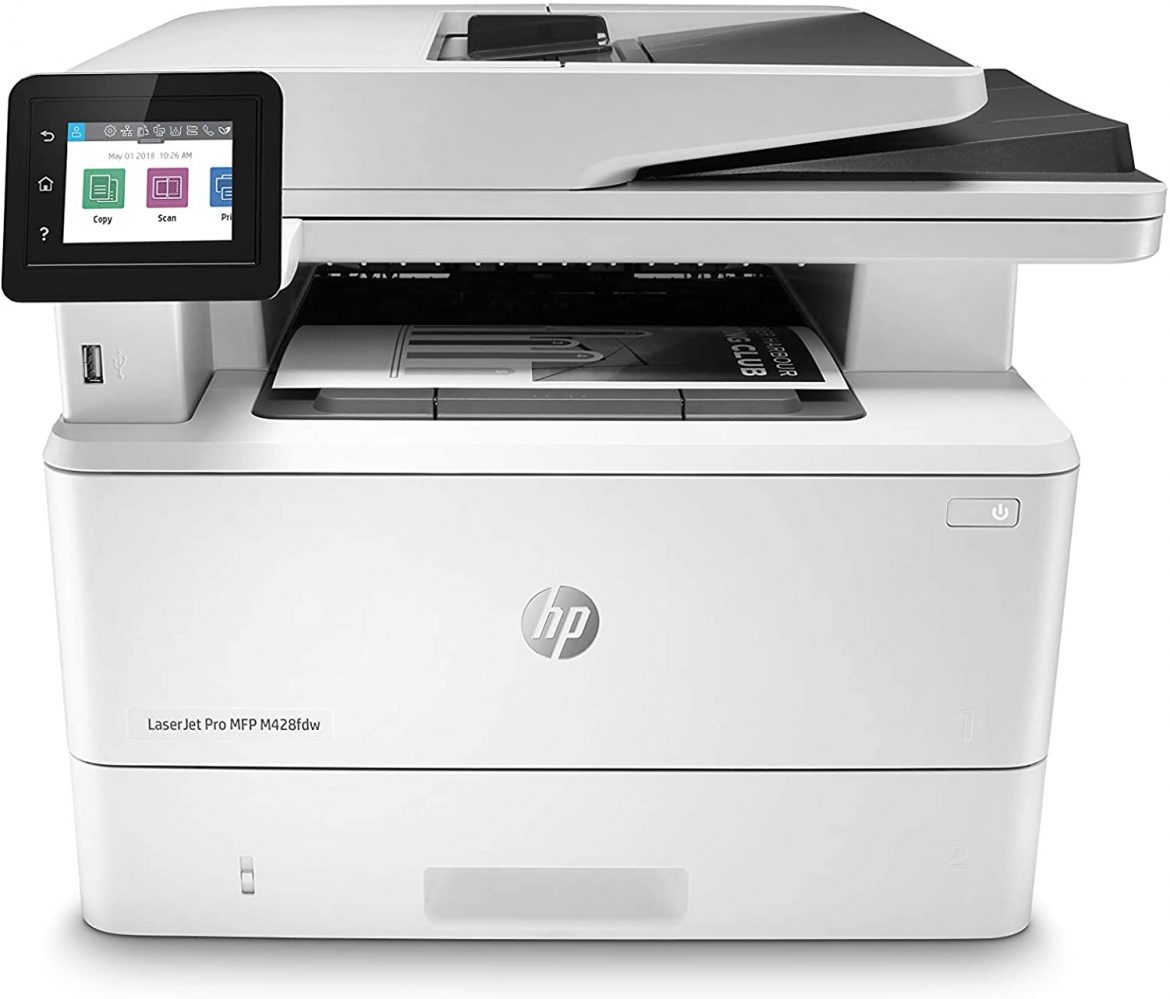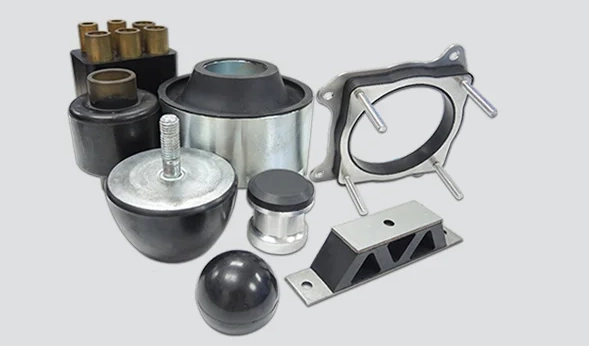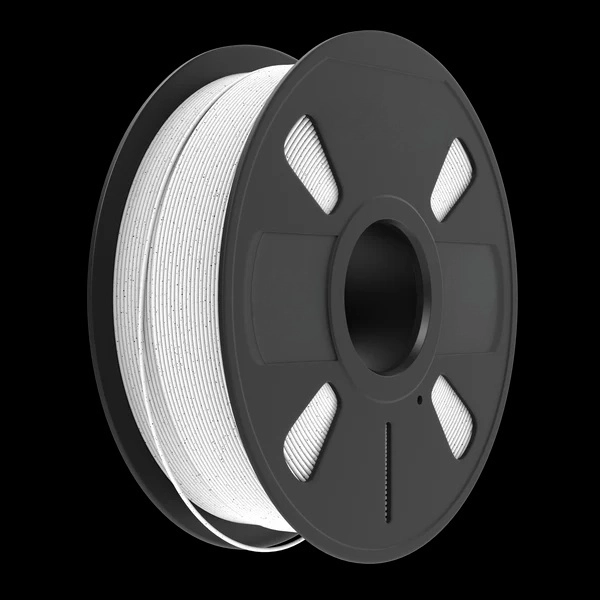Laser printers have become an essential tool in today's fast-paced business environment. To ensure optimal print quality and longevity of your printer, it is crucial to understand how often you should change the laser printer toner. In this comprehensive guide, we will delve into the factors that affect toner lifespan, signs that indicate it's time for a replacement, and best practices for maintaining your laser printer's performance.
- Understanding Laser Printer Toner:
Laser printer toner is a fine powder composed of plastic particles, carbon, and coloring agents. It is responsible for creating the text and images on your printed documents. Unlike inkjet printers that use liquid ink, laser printers use toner cartridges that contain the toner powder. - Factors Affecting Toner Lifespan:
Several factors influence how often you should change the laser printer toner. These include the printer model, print volume, print density, and the type of documents being printed. High-resolution prints and graphics-intensive documents tend to consume more toner compared to text-only documents. - Signs that Indicate Toner Replacement:
a. Faded or Light Prints: If your prints appear faint or light, it is a clear indication that the toner is running low. This occurs when the toner cartridge is nearly empty or when the toner is distributed unevenly.
b. Error Messages: Many laser printers display error messages when the toner is low or empty. These messages can vary depending on the printer model but typically indicate that it's time to replace the toner cartridge.
c. Streaks or Smudges: If you notice streaks or smudges on your printed documents, it could be a sign of a faulty or depleted toner cartridge. Cleaning the printer may help, but if the issue persists, replacing the toner is necessary. - Best Practices for Toner Replacement:
a. Monitor Toner Levels: Most laser printers provide a toner level indicator that allows you to track the remaining toner. Regularly check this indicator to ensure you have a spare toner cartridge available when needed.
b. Keep a Spare Toner Cartridge: It is advisable to keep a spare toner cartridge on hand to avoid any interruptions in your printing tasks. This way, you can quickly replace the toner when necessary.
c. Follow Manufacturer's Guidelines: Each laser printer model may have specific instructions for toner replacement. Always refer to the printer's user manual or the manufacturer's website for guidance on the correct procedure.
d. Proper Storage: If you have spare toner cartridges, store them in a cool, dry place away from direct sunlight. Extreme temperatures or humidity can affect the toner's quality and performance.
Conclusion:
Knowing how often to change your laser printer toner is essential for maintaining optimal print quality and avoiding potential printing issues. By understanding the factors that affect toner lifespan and recognizing the signs that indicate replacement, you can ensure smooth and efficient printing operations. Remember to follow best practices for toner replacement and consult the manufacturer's guidelines for specific instructions. With these insights, you can maximize the lifespan of your laser printer toner and achieve consistent, high-quality prints.



